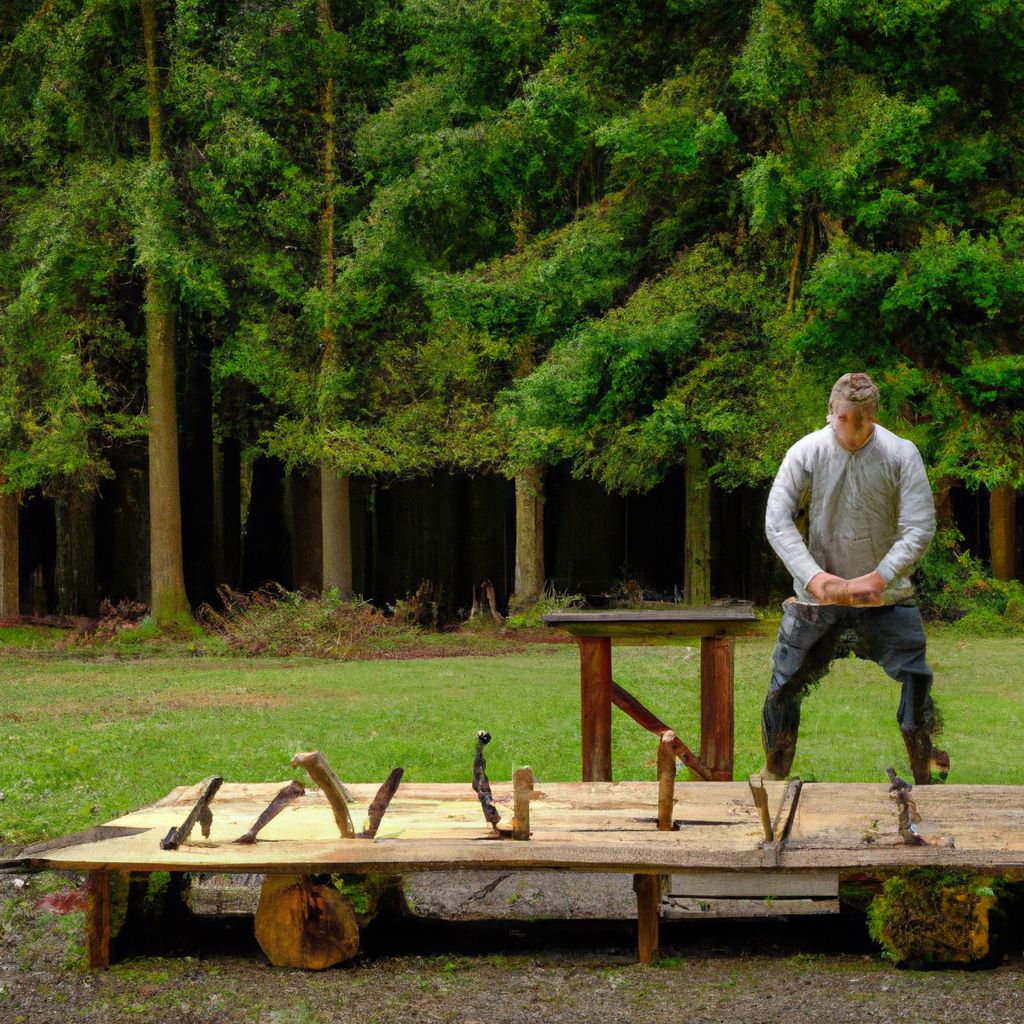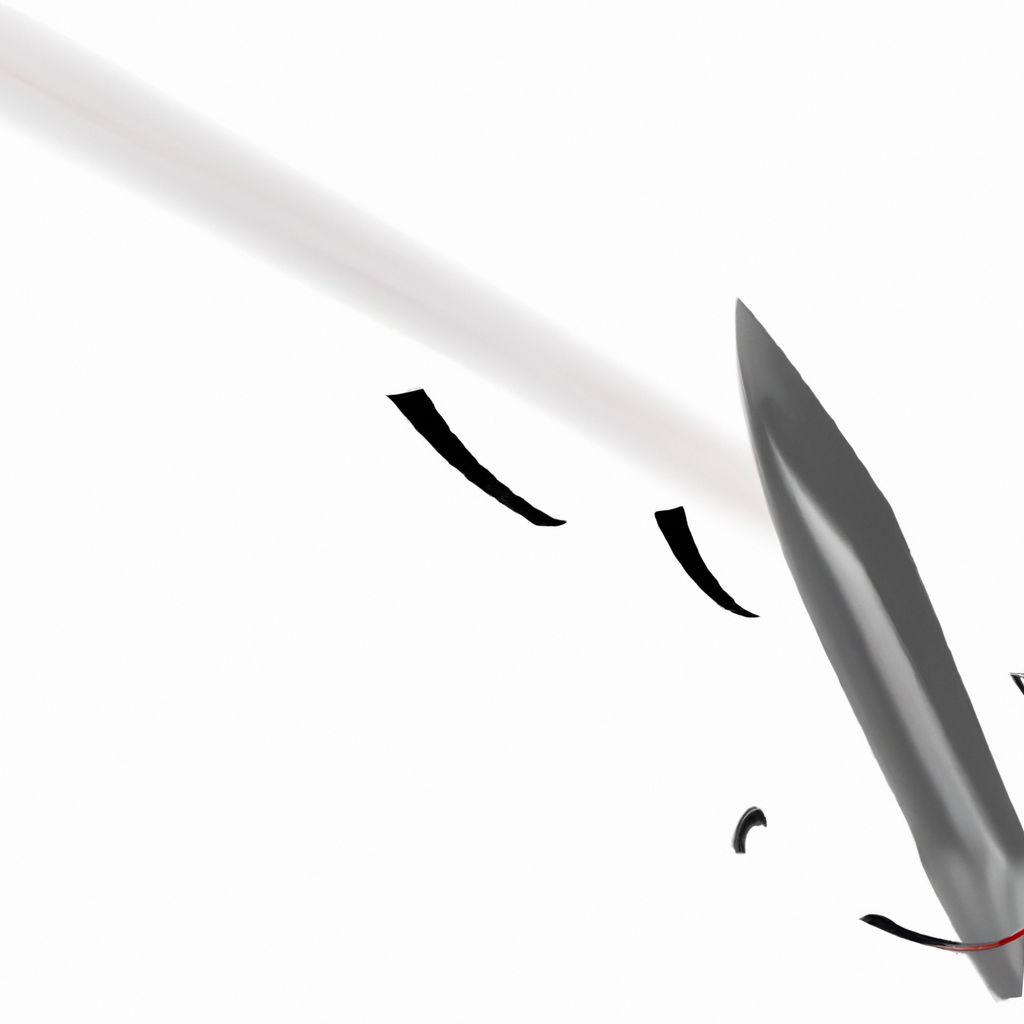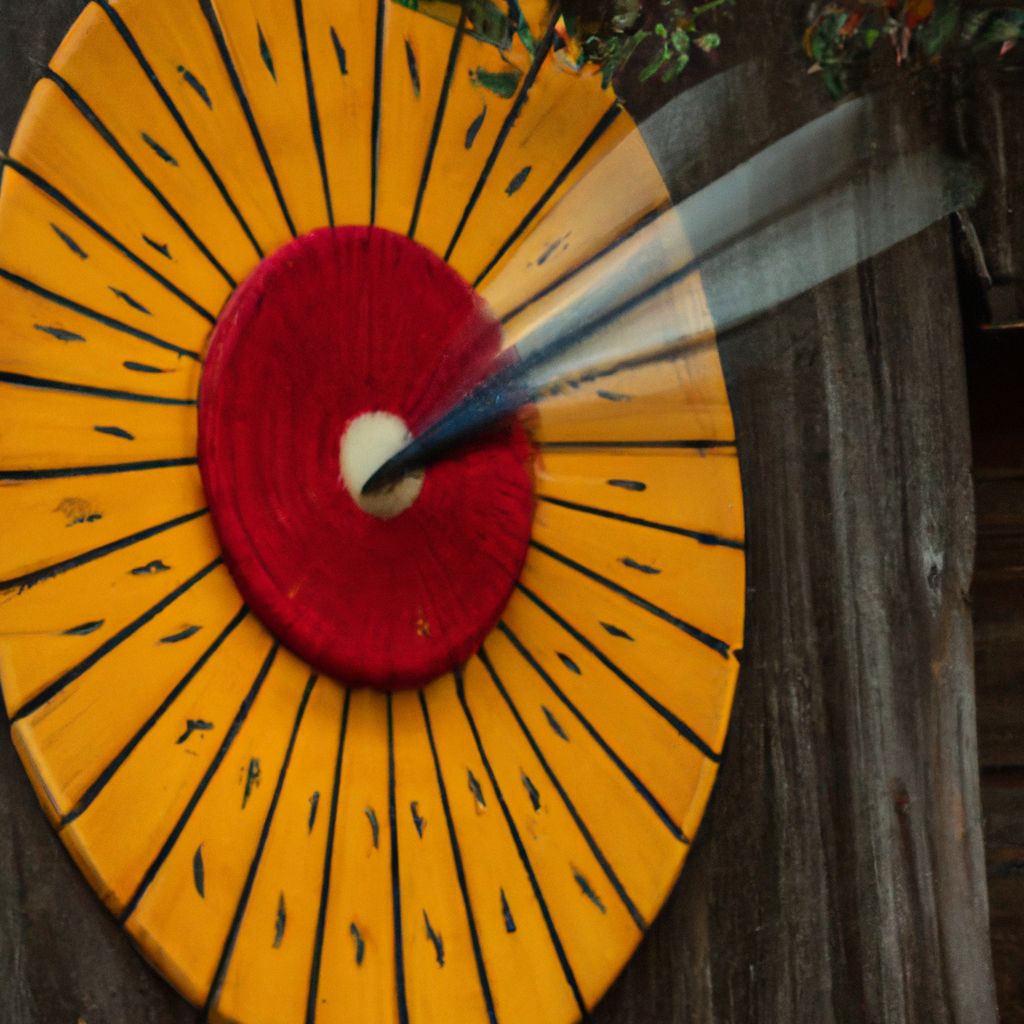- Introduction to Knife Throwing
- The Physics of Knife Throwing
- Mechanics of Knife Throwing: Grip, Stance, and Release
- The Role of Distance in Knife Throwing
- Safety Measures in Knife Throwing
- The Science of Perfecting Your Throw
- Conclusion: The Art and Science of Knife Throwing
Introduction to Knife Throwing

Knife throwing, a sport that has captivated humans for centuries, is more than just an exciting pastime. It's an art steeped in history and tradition, marked by precision, discipline, and a deep understanding of physics. From the ancient Romans to the Native Americans, many cultures have used throwing knives for hunting, warfare, and entertainment.
Typically, throwing knives are designed for specific purposes and vary greatly across different cultures. They are not the same as ordinary kitchen knives; throwing knives are specially designed for balance, accuracy, and safety.
- Balance Knives:
- These are evenly weighted, allowing for a predictable rotation when thrown.
- Blade-Heavy Knives:
- The weight is concentrated more on the blade, ideal for beginners as they are easier to control and throw.
- Handle-Heavy Knives:
- With more weight on the handle, these knives are preferred by experienced throwers for their controlled spin and precise targeting.
Understanding the different types of throwing knives and their uses is fundamental to mastering the sport. However, the real science begins when the knife leaves the hand and starts its trajectory towards the target.
The Physics of Knife Throwing

Understanding the physics of knife throwing involves several key principles: force, gravity, motion, and friction. Let's break them down:
- Force:
- This refers to the energy you exert on the knife when you throw it. More force leads to a faster throw, while less force results in a slower throw.
- Gravity:
- Gravity pulls the knife downward. The trajectory of the throw must take into account this downward force.
- Motion:
- Once the knife is in the air, it moves in two directions simultaneously - forward towards the target (linear motion) and spinning around its center of gravity (rotational motion).
- Friction:
- Air friction, or drag, can slow down the knife's velocity and impact the trajectory, especially over long distances.
When you throw a knife, you are essentially balancing these forces. Your job as the thrower is to control the force of your throw, the angle of release, and the spin of the knife to overcome gravity and friction and hit your target.
Mechanics of Knife Throwing: Grip, Stance, and Release

Mastering the mechanics of knife throwing involves three crucial elements: the grip, the stance, and the moment of release. Each of these components significantly impacts the trajectory and accuracy of the throw.
- Grip:
- The way you hold the knife determines how it spins in the air. A firm, but not tight grip is crucial. The knife should be held either by the handle or the blade, depending on the type of throw and the design of the knife. The grip should allow for a smooth release, ensuring the knife spins consistently.
- Stance:
- Your body position also plays a significant role in the accuracy of your throw. Your weight should be evenly balanced, and your body aligned with the target. A common stance involves the foot of your throwing arm's side to be slightly forward. As you throw, your body weight shifts from the back foot to the front, aiding in the forward momentum of the knife.
- Release:
- The moment of release is when the physics of knife throwing truly comes into play. Releasing the knife at the correct moment in your throwing motion and at the right angle ensures it follows the desired trajectory and hits the target accurately. Timing and precision are key here.
The interplay of the grip, stance, and release creates a delicate balance that, when mastered, can lead to consistent and accurate knife throws. Understanding these mechanics, along with the underlying physics, is the science behind this fascinating sport.
The Role of Distance in Knife Throwing

Distance plays a critical role in knife throwing and is directly related to the concept of rotation. Rotation is the spinning movement of the knife around its center of gravity during its flight. The rotation and distance are intrinsically linked and greatly influence the success of the throw.
The distance from the target dictates the number of rotations a knife will make in the air before it hits the target. For instance, a typical throw from about 12 feet away allows the knife to make a full rotation. A half rotation would require a closer distance, while two full rotations would require a farther distance.
Understanding the relationship between distance and rotation is crucial for adjusting your throw as per the target's distance. The grip, release point, and throwing force must be adjusted accordingly to ensure the knife's point is facing the target at the moment of impact.
Essentially, the thrower must understand and adapt to the distance to control the knife's rotation effectively. This adaptability, backed by a firm understanding of the underlying physics, can greatly enhance the precision and consistency of the throw.
Safety Measures in Knife Throwing

While knife throwing is an exhilarating sport, it's vital not to forget that it involves sharp objects and, as such, necessitates stringent safety measures. Following safety protocols and using appropriate equipment can prevent accidents and injuries.
Firstly, the throwing area should be clear of people and pets. The target should be placed against a safe backdrop to stop any missed throws from causing damage. Ground around the target should be soft enough to let the knife stick but sturdy enough to prevent it from bouncing back.
- Safety Equipment: Use safety glasses to protect your eyes from flying debris. Wear closed-toe shoes to protect your feet in case a knife drops.
- Knife Handling: Always handle knives with care. Never try to catch a knife that's falling or bouncing back.
- Training: Seek professional training before attempting knife throwing. Learning proper techniques and safety measures from an expert is crucial.
Remember, safety should always be your primary concern when practicing knife throwing. By adhering to these precautions and using the appropriate safety equipment, you can enjoy this sport while minimizing risks.
The Science of Perfecting Your Throw

Like any other skill, mastering knife throwing requires practice and consistency. However, understanding the science behind the sport can significantly speed up this process and improve your performance.
Each throw is an opportunity to learn and fine-tune your technique. By applying the principles of physics and understanding the mechanics involved, you can adjust your grip, stance, and release to better control the knife's trajectory and rotation.
"In the scientific world, this is known as an iterative process. You make a throw, observe the result, make adjustments based on what you've observed, and then throw again. Over time, these small adjustments can lead to big improvements."
- Expert Knife Thrower
Moreover, using a consistent throwing technique allows you to isolate and identify areas for improvement. For instance, if your knife is consistently under-rotating, you might need to adjust your grip or release point. Conversely, if your throws are accurate but lack power, you might need to work on your force or stance.
Through a combination of practice, consistency, and a keen understanding of the science involved, you can steadily improve your knife throwing skills and perhaps even become a master of this ancient art.
Conclusion: The Art and Science of Knife Throwing

To conclude, knife throwing is both an art and a science. It requires a deep understanding of physical principles like force, gravity, motion, and friction, coupled with the skill and precision of the thrower. The balance between these elements makes knife throwing a fascinating sport that's as mentally engaging as it is physically.
The importance of safety in knife throwing cannot be overstated. Respect for the sport and the tool is paramount. And when practiced responsibly and diligently, knife throwing can be an exciting and fulfilling pursuit.
So, whether you're a novice looking to try something new, or an experienced thrower seeking to refine your technique, remember: behind every throw is a world of science waiting to be explored.








